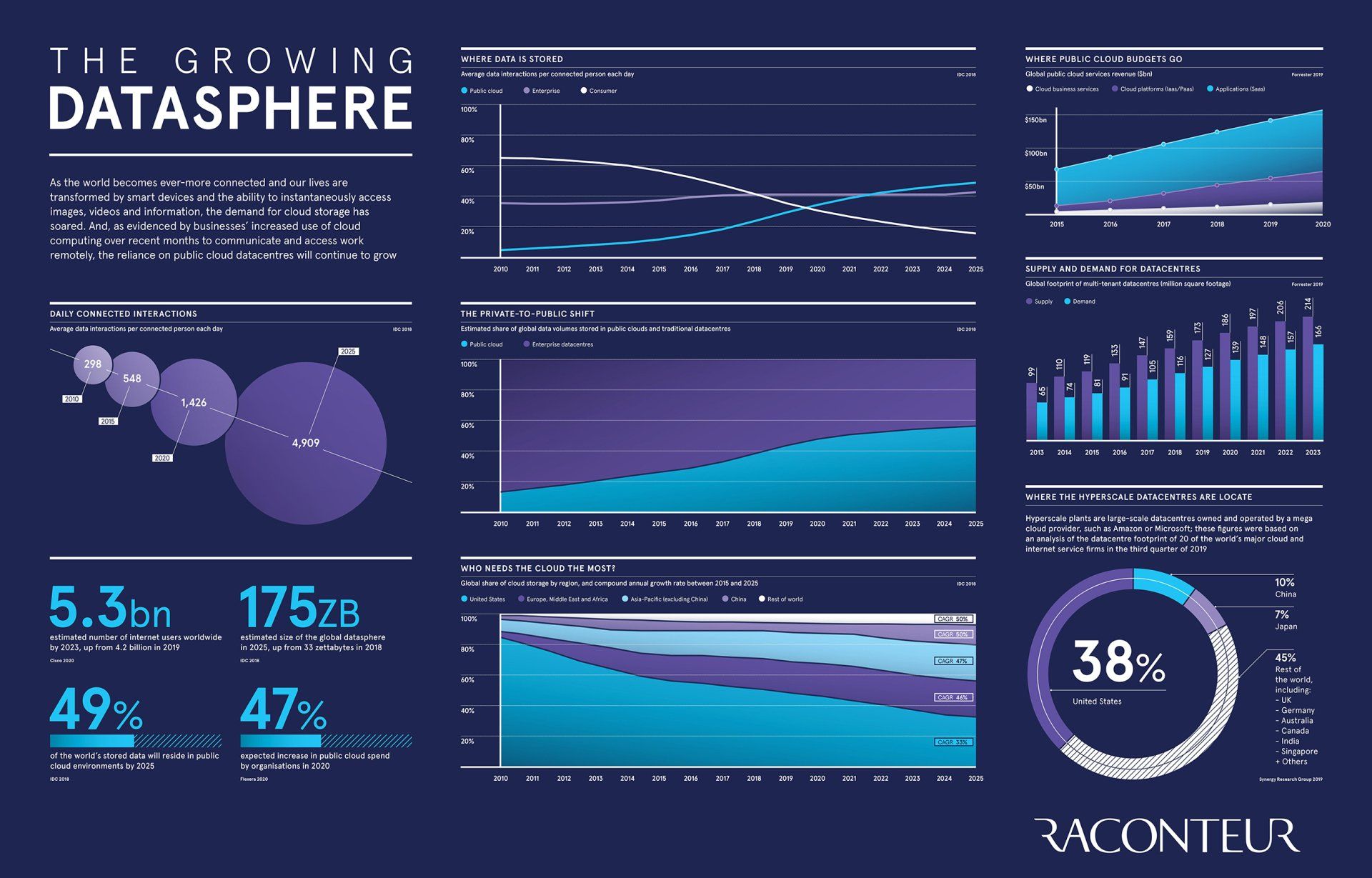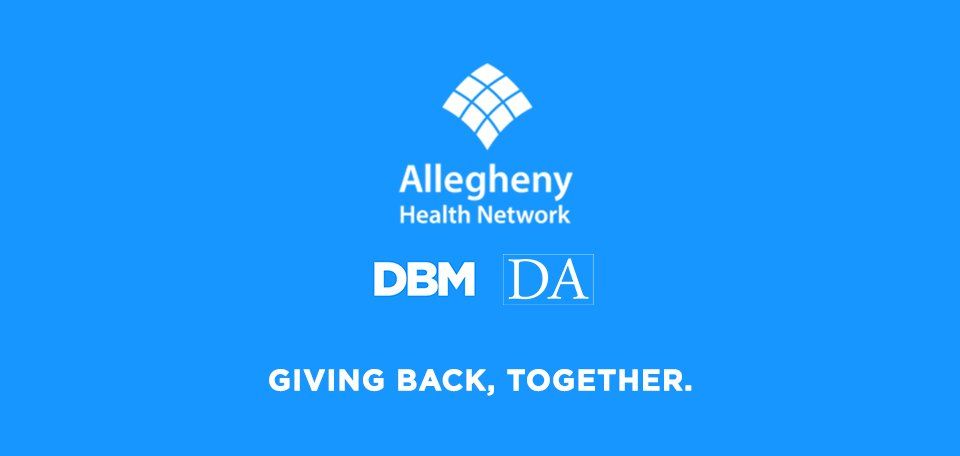WHAT WE THINK

From the constant need of consistent content for social media, to developing a memorable website experience, there are many opportunities for business owners to brand their businesses in order to create an impactful presence with their desired audience. However, these strategies can often be intimidating and difficult to execute without expert guidance. That’s why it’s important for entrepreneurs, business owners, and marketing managers alike to understand the secrets behind successful branding - secrets that have made some of the biggest companies stand out from the competition. Branding is a key factor in how your business is perceived by the public. A strong brand will help you to stand out from the competition, while a weak or nonexistent brand can lead to confusion and a lack of trust from consumers. If you want your business to be successful, it's important to invest in creating a strong brand identity that will capture people's attention and instill trust. Let’s take a look at the key elements for why branding is so important to your business and how you can take control of your brand and use it as a tool for growth in today's digital world! More People Will Recognize Your Business One of the most obvious reasons that businesses need branding is to help them get recognized more often. If you have strong branding for your business, people will naturally take note of it much more than they would a business without it. A business that doesn’t really have any cohesive branding isn’t going to stay in someone’s mind for very long. Branding Can Help Build Trust Trust from your audience is one of the most important things you can have as a business, but this isn’t always easy to gain. A business that’s missing key elements of branding will have an even harder time getting people to trust them. Branding is something many of us expect to see when we look at businesses in any industry, and missing this could be a red flag to some. Without branding, you have very little to show for your business. If you had to choose between a business with clear, professional-looking branding and a business that hasn’t made this effort, you probably know which one you’d trust more. Branding helps you show potential customers that you’re an established, credible business. You can use this to tell people very early on what they can expect from your business. This is an investment your business is making to improve itself, and potential customers will recognize that you put in the work to create your brand. You Can Improve Your Advertising Your business won’t be able to get very far without advertising. Branding and advertising go hand in hand. If you want to have better advertising for your business, you’re going to need to work on creating a brand first. When you’re advertising your business, you want everything to be cohesive and represent your business’s identity and values. This can be a challenge when you haven’t taken the time to form your brand. If you’re advertising without solid branding, you’re missing out on a lot of great opportunities to create an effective campaign. Incorporating branding into your advertising will help increase recognition of your brand when it’s all tied together. It’s Great for Your Employees Branding provides value inside of your company as well. Of course, you want your employees to love working for your company and feel like they’re a part of a team. A company with great branding will have an easier time getting employees to feel like they’re involved with something more than just a job. In addition to branding that can help draw in new customers, you also want to invest in the aspects of branding that keep your team motivated. This includes little things like branded apparel and merchandise, but also the look of your entire office space. If you can motivate your employees by creating a sense of unity through branding, you could end up seeing great results all around. Branding Creates Loyal Customers You don’t just want customers who recognize your brand and use your business once — you want to create customers who continue to come back. With good branding, you can give your brand a more human side, which your customers can relate to more than a company that’s strictly all business. In many ways, you can appeal to people’s emotions through branding and make them feel more connected to your company. Branding allows you to build relationships with your audience, which can eventually turn them into loyal customers. You can create a brand that people actually care about and put yourself ahead of businesses that aren’t using this to their advantage. Does your business need a branding upgrade? Does your company need to reinvent itself to become relevant in today’s digital market or want to appeal to a new target demographic? Either way, DBM’s staff of branding experts can get you to that next level of branding quality. We specialize in creating long-lasting relationships between businesses and their customers through our innovative design styles & data-driven analytics to guide creative decisions. Our team will work closely with you to make sure that we understand your company culture and what makes you unique before starting the branding process. Contact us today so we can help get started on giving your business the boost it needs!

The definition of audience targeting is exactly what you'd expect: It's the practice of using data to segment consumers by demographics or interests in order to find the holy grail that is the right person on the right device at the right moment. With audience targeting, you’re more likely to reach consumers interested in your products or services with relevant messaging. It also decreases the odds you’ll waste ad spend on uninterested eyeballs and help move potential customers down the proverbial funnel. And it yields results. According to Tammy Duggan-Herd , director of marketing at digital marketing firm Campaign Creators, for example, after shifting to a content strategy with audience targeting in 2016, her agency saw a 744% increase in organic traffic within 12 months. If you’re looking to better target your prospective customers—and stop wasting ad spend on people who just won’t convert—you've came to the right place. Today, I'll walk you through eight tried-and-true audience targeting strategies—straight from the minds of digital marketing experts. But, before that, you need data … Data management is key to audience targeting Heather Jackson, sales and marketing manager at digital advertising firm JAC Advertising Consultants, pointed to data management platforms like Lotame and Neustar , which track consumer behavior online with cookies. “Based on their online behavior … these aggregators can, with extreme accuracy, decipher the demographics, interests and preferences of an individual,” she said. “Marketing giants, such as Facebook and Google, use this data to pinpoint an exact audience for their marketing clients.” A word of caution: Stephen Yu, chief product officer at predictive marketing automation platform Buyer Genomics, said cross-platform/channel strategies can yield disappointing results as “targeting by definition must be individual-centric, not channel- or product-centric.” Instead, he said to start with the individual target, including demographics, online behavior, purchase history, repeat purchases and loyalty. “All of this information should be collected through every engagement channel … and resultant data must be consolidated around the individual target first,” Yu added. “Then, marketers can decide whom to target based on data profiles, segments and other model-based targeting mechanisms.” And once you have figured out your target audience, you can start thinking about channels. “Too many organizations mix channel optimization and target optimization, but those are two equally important endeavors: the former to determine where the marketing dollars should go, and the latter to determine whom to target,” he said. But you’re not finished yet! Audience targeting has to be refined regularly because “you’re basically hypothesis testing,” said Cynthia Kazanis , digital marketing analyst at internet marketing agency Pure Visibility. “Especially in digital marketing, you should never think of anything you create as permanent or done because then you lose the advantage of your platforms' agility.” Instead, keep asking questions about your audience targeting: Are we reaching the audience we want? If not, who are we reaching? Is the intended audience responding the way we want? Is there a similar audience the target can help us find? Psychographics For his part, Tim Brown, marketing insights manager at marketing agency Pacific Digital Group, recommended using psychographics —values, affinities and motivations—as a more accurate targeting goal than demographics. You can uncover psychographics using social analysis tools to search follower bios for attributes, which you can then use to create content that speaks to their lifestyles, priorities, and attitudes. Once you’ve determined how you’re going to gather, track, and manage your data, you can start improving your audience targeting. Now, here’s a closer look at eight audience targeting strategies used again and again by digital marketing experts. 1. Expand reach with Google’s In-Market Audiences Dale Broadhead, founder of PPC and CRO agency Conversion Hut , expressed genuine love for display campaigns in Google Ads— particularly when targeting an audience that hasn’t heard of his business before. In fact, Google’s in-market audiences feature lets you target consumers who are researching your products or services. “We use a not-so-well-known report from our Google Analytics reports to find the highest performing Affinity Categories and In-Market Segments. Once we have our insights, we can then build different ad groups around each of the audiences and create messaging that resonates with them,” he said. “This works because you are making decisions that are backed by data … We're finding out who the best customers are and then going out to try and find more of them.” Kim Smith, content marketing manager at review platform GoodFirms, agreed. “The in-market audiences are the ones that are already out there, searching, reading, comparing, or even planning to buy a product or service, just not engaged with your brand directly or indirectly,” she said. “With past searches, keyword activity and browsing behavior of the user, machine learning can predict what a user is interested in and when would he be ready, to convert effectively … Ideally, in-market targeting aims at widening your reach with high buying intent and offers a practical customer acquisition strategy.” 2. Remarket with Google Ads David Reischer, chief marketing manager at legal advice website LegalAdvice.com, spoke highly of audience targeting in Google Ads. “In Google Ads Editor, a marketer can download, view, and assign existing audiences. Depending on our campaign type, we can target remarketing lists , custom combination lists, life events, and interest categories. It is an amazing tool,” he said. “Google [Ads] allows a marketer to do lots of A/B testing and set up 'ad clusters' to compare which campaigns are most effective.” Becky Livingston , president and CEO of Penheel Marketing, which is an agency focused on small businesses, also, remarketing as a way to helps brands connect with people who previously interacted with your website or mobile app. Creating remarketing lists is particularly effective for targeting an audience that has already expressed interest in your product or service. 3. Use Facebook custom audiences and retargeting Robb Hecht, adjunct professor of marketing at Baruch College, however, said despite Facebook’s data privacy woes, it remains the social platform with the widest selection of formats to target , reach and engage potential customers because it is “a personalized data platform.” “One of Facebook's core features is giving businesses the capability to target users on the platform based on their interests,” he said. “It provides users with only relevant ads based on their preferences. It doesn't bombard them with irrelevant stuff. In this way we are able to build content and ads that our users really value.” Hecht noted Facebook users have short attention spans, so his clients have found short videos to be the most effective format. And once the user engages with the ad, he is able to retarget that consumer with another ad to draw them further down the tunnel. Laura Troyani, principal of marketing and sales strategy agency PlanBeyond, said advertisers can use Facebook’s back-end ad platform to set up demographic and psychographic parameters to ensure ads reach the right audience, as well as to track performance. “By looking at click-through rates, cost-per-clicks, and actual conversions, you can start seeing which audience is most attracted to your product or service and how much money it will take to reach them,” she said. “Armed with black-and-white data, business managers can make truly informed decisions about their business' target customer . It's a fantastic way to frugally, cost-effectively do market intelligence.” 4. Try LinkedIn for keyword research Mike Grill, SEO strategist at search engine marketing agency Anvil Media, agreed social media platforms often offer the best and most expansive audience targeting capabilities, which he said Anvil can then transfer to the search engines that “don’t have quite the same data or features.” One of the most effective audience targeting strategies has been translating job title targeting to keyword research. “We’ve gone through the profiles of different professionals with job titles that we have been targeting on LinkedIn and scraped the content on their LinkedIn profiles to come up with keyword lists that we have then used to make our search campaigns and audiences much more robust,” he said. “It’s a bit like looking at reviews on an ecomm website.” Adam Smartschan, vice president of innovation and strategy at B2B marketing agency Altitude Marketing, too, advocated for “relatively pedestrian options” like LinkedIn sponsored content, native content and site-based display targeting. “Too many marketers ignore networks like these because they're considered pedestrian,” he added. “In reality, though, they're great options for testing messaging, getting campaigns off the ground and reaching specific targets quickly and extremely cost-efficiently.” 5. Prioritize SEO According to Ade Holder, digital marketing consultant at digital marketing agency 427 Marketing, organic SEO is the best audience targeting there is because “there is nothing better than simply being in front of the customer when they search for exactly what you are able to offer.” If your brand ranks high for relevant terms, it is targeting everyone actively searching for your products and services. “Also, search is often a signal of buying intent whereas targeting ads to demographic data and tastes is always hoping you may get them at the right time,” he added. “With search they have already shown they are looking by typing it in.” 6. Add chatbots to your plan For his part, Cristian Rennella, CMO of price comparison site ElMejorTrato.com, said site visitors interact with a chatbot the brand created internally using open source machine learning framework TensorFlow so they can determine if visitors are in its target audience. “One of the most important lessons we have learned is that a team marketing analyst must be frequently controlling the decisions that the algorithm is taking,” he added. “In this way, the algorithm can be refined and educated more quickly based on the knowledge the company had in the past.” 7. Start tracking Adding event tracking to your site shows you how visitors are interacting with your site and can help you build a more effective online presence, Livingston said. What’s more, Jackson said marketing companies can capture phone IDs and serve ads based on geography—including location up to six months ago—with just latitude, longitude and date. And Smartschan said one of his goals for 2019 is to effectively leverage B2C technologies like geotargeting and geofencing to reach B2B prospects based on physical location. 8. Keep looking forward These are the audience targeting strategies that top marketers are currently using to find and reach their ideal customers. But with technologies rapidly changing, it’s important to keep looking forward to find new strategies. For example, Marie Lamonde, content marketing specialist at marketing reporting tool DashThis, said she is most interested in using voice search to target audiences. “I'm intrigued to see where audience targeting is going with those new technologies,” she said. “This can be a new and amazing way of targeting our audiences. I think we can find new and revolutionary ways to target our audiences, which could drastically change our ways as marketers.”

Cloud computing continues to be on the rise, and for good reason. It’s transformed our digital experience in numerous ways, from how we store data to the way we share information online with others. Growth in cloud services is showing no signs of slowing down, particularly in the data storage realm—by 2025, almost half of the world’s stored data will reside in public cloud environments. Yet, despite its increasing popularity among consumers and businesses alike, do people really understand what the cloud fully entails? Or better yet, what the cloud even is? Today’s infographic from Raconteur provides an overview of the fast-changing cloud computing landscape, showcasing the industry’s growth and its evolution in scale. It also touches on what’s next for the cloud. What is Cloud Computing? Put simply, cloud computing is a network of remote servers that provides customers with a number of offerings, including data storage, processing power, and apps. It’s usually delivered on a pay-per-use basis. Cloud computing can be broken down into three categories: Infrastructure-as-a-Service (IaaS): Virtual computing services that businesses can utilize over the internet. IaaS allows businesses to scale up resources when needed, and pay for what they use. Microsoft Azure and Amazon Web Services are both IaaS examples. Platform-as-a-Service (PaaS): Like IaaS, PaaS utilizes remote infrastructure, but it includes an extra layer by offering tools that developers use to build apps. Examples of PaaS in action include the Google App Engine or OpenShift. Software-as-a-Service (Saas): The delivery of apps through remote servers. This is the type of cloud computing most users are familiar with. Examples include Dropbox and Google Apps.| Cloud computing has its obstacles , such as security and privacy risks. Yet, the cloud continues to entice consumers by offering a new level of accessibility to their online experience. This accessibility has also drastically changed the working world. The cloud allows users to access company servers from anywhere globally, and to share documents and information with colleagues quickly. Because of this, it’s become a key part of remote work. IaaS: The Backbone of the Cloud Cloud services are seeing significant growth, and the big tech companies are its backbone. In fact, four major players combine to dominate almost 60% of the cloud’s infrastructure. Here’s a look at the cloud market breakdown in 2019, and annual growth compared to 2018: Service Provider2019 Market ShareAnnual GrowthAmazon Web Services32.3%+36.0%Microsoft Azure16.9%+63.9%Google Cloud5.8%+87.8%Alibaba Cloud4.9%+63.8%Others40.1%+23.3% It’s no surprise that U.S. companies dominate the cloud service market since the country currently has the largest share of global cloud storage worldwide. Yet, the concentration of cloud storage is predicted to even out in the next few years—by 2025, the U.S. portion of public cloud storage will drop from 51% to 31%, while China’s will increase from just 6% to 13%. What’s Next for the Cloud? The cloud has changed the way we use the internet. It has influenced the way we share information, our ability to work remotely, and how we store our data. And these services are much needed, as our use of data and the internet continues to scale up. By 2025, an average internet user will have around 4,909 data interactions per day, an increase from 1,426 in the year 2020. At the same time, the scale of global datasphere is expected to be five times bigger in 2025 than it was in 2018, growing from 33 zettabytes to 175 zettabytes. Each zettabyte, by the way, is equal to 1 trillion gigabytes. With data taking an ever more important role in our lives, the cloud is becoming an indispensable part of business, technology, and society as a whole.

Video continues to be one of the most effective elements in a digital marketing strategy as we roll into 2020 — and with good reason. As a visual species, humans find videos more engaging, more memorable, and more popular than any other type of content out there. Video as a means of storytelling and advertising is no longer a nice option – it’s a necessity. If you want to increase conversion and exposure, a video marketing strategy is the only way to go. Marketing videos can take many forms, such as: Explainers Presentations Video blogs (vlogs) Tutorials Webinars Ads Customer testimonials Interviews Live streams Product videos Live video To showcase just how important video content is in the digital world, we’ve compiled a list of the latest social media video marketing statistics from around the web. Video marketers, take note. Video trends Savvy marketers, take note: video is here to stay. Even Mark Zuckerberg believes video is a critical part of our future. The sheer volume of video content online is growing exponentially, as these stats demonstrate. 81% of businesses use video as a marketing tool — up from 63% over the last year. (Hubspot) 6 out of 10 people would rather watch online videos than television. (Google) Mobile video consumption rises by 100% every year. (Insivia) By 2022, online videos will make up more than 82% of all consumer internet traffic — 15 times higher than it was in 2017. (Cisco) 78% of people watch online videos every week, and 55% view online videos every day. (HubSpot) A Facebook executive predicted that their platform will be all video and no text by 2021. (Quartz) YouTube is the second most popular website after Google. (Alexa) Users view more than 1 billion hours of video each day on YouTube. (YouTube) 59% of executives say they would rather watch a video than read text. (Wordstream) 75% of all video plays are on mobile devices. (eMarketer) Viewers retain 95% of a message when they watch it in a video, compared to 10% when reading it in text. (Insivia) 72% of customers would rather learn about a product or service by way of video. (HubSpot) People are 1.5 times more likely to watch video on their mobile phones. (Facebook) 92% of users watching video on mobile will share it with others. (Wordstream) By 2020 there will be close to 1 million minutes of video crossing the internet per second. (Cisco) Social video statistics As more social networks follow Facebook’s lead and prioritize video content, the importance of video messaging across all channels has increased. 65% of people use YouTube to help them solve a problem. Want to build a house or remove weird parasites from your eye? YouTube might have the answer. (Google) Social media posts with video have 48% more views. (The Marketing Helpline) 45% of Twitter users want to see more videos from celebrities. (Twitter) 90% of Twitter video views happen on a mobile device. (Twitter) Over 1.9 billion people use YouTube. That’s about one-third of the internet. (YouTube) The highest earner on YouTube made $22 million last year. He’s 7 years old. YouTube has 23,946,561 subscribers (and counting!) (SocialBlade) 62% of people said they were more interested in a product after seeing it in a Facebook Story. (Marketing Land) Facebook has over 8 billion video views per day. (TechCrunch) 75 million people visit Facebook’s video platform every day. (Adweek) Social video generates 1200% more shares than text and image content combined. (G2 Crowd) Video promotions are now equally as popular as photo promotions on Facebook. (Socialbakers) Snapchat users watch 10 billion videos each day. (Mashable) Video campaigns on LinkedIn have 50% view rates. (LinkedIn) Social video gets shared 1200% more than text and images combined. (Wordstream) Mobile video ad spend is expected to be around 72% of the total digital ad spend this year. (eMarketer) 81% of businesses prefer to use Facebook for their video marketing. (Buffer) Video marketing statistics Don’t just take our word for it – check out these mind-boggling stats showing the proven power of using video to increase brand awareness and kick your marketing efforts into overdrive. Videos attach 300% more traffic and help to nurture leads. (MarketingSherpa) A website is 53 times more likely to reach the front page of Google if it includes video. (Insivia) Including a video on your landing page can boost your conversion rate by up to 80%. (Unbounce) Nearly 50% of internet users look for videos related to a product or service before visiting a store. (Hubspot) Video increases organic search traffic on a website by 157%. (Conversion XL) 25% of companies publish videos every week. (Buffer) 85% of consumers want to see more video content from brands. (HubSpot) 65% of executives have gone to the marketer’s site and 39% have called them on the phone after watching a marketing video. (Forbes) 97% of marketers say video has helped users gain a better understanding of their products and services. (Hubspot) 52% of marketers say video is the type of content with the best ROI. (HubSpot) Adding video to your emails can increase click rates by 300%. (HubSpot) 50% of viewers aged 18-34 said they would stop what they were doing to watch a video from their favorite creator. (Google) On average, people spend 2.6x more time on pages with video than without. (Wistia) 64% of consumers will make a purchase after watching branded videos on social platforms. (Tubular Insights) Video is expected to make up 82% of internet traffic by 2021. (Cisco) YouTube video kills it with over five billion views every day VideoNitch Video marketing best practices While video marketing is a powerful tool, there are a few things you should keep in mind before launching your video campaigns. Videos under two minutes long get the most engagement. (Wistia) 85% of Facebook videos are watched without sound, while 60% of Instagram Stories are watched with the sound on. (Instagram) Google Chrome blocks autoplay ads as a way to make the 82% of consumers that hate autoplay stick around. (Marketing Land) 33% of viewers will stop watching a video after 30 seconds, 45% by one minute, and 60% by two minutes. (Ad Age) 65% of viewers skip online video ads as soon as possible. (CNBC) 93% of marketers use video. (SingleGrain) 73% of B2B marketers say video positively impacts their ROI. (Tubular Insights) The takeaway Still with us? Cool. We’ve got two final key statistics for you: 71% of people watch more video than they did a year ago. (HubSpot) 83% of marketers would increase their reliance on video as a strategy if there were no obstacles like time, resources, and budget. (Buffer) As the above stats show, while there are a few caveats (keep it trimmed short, and no autoplay please) most users are more than happy to be marketed to using video. However, many marketers don’t feel they have the time, ability, or budget to create the multimedia content that their audience craves.


